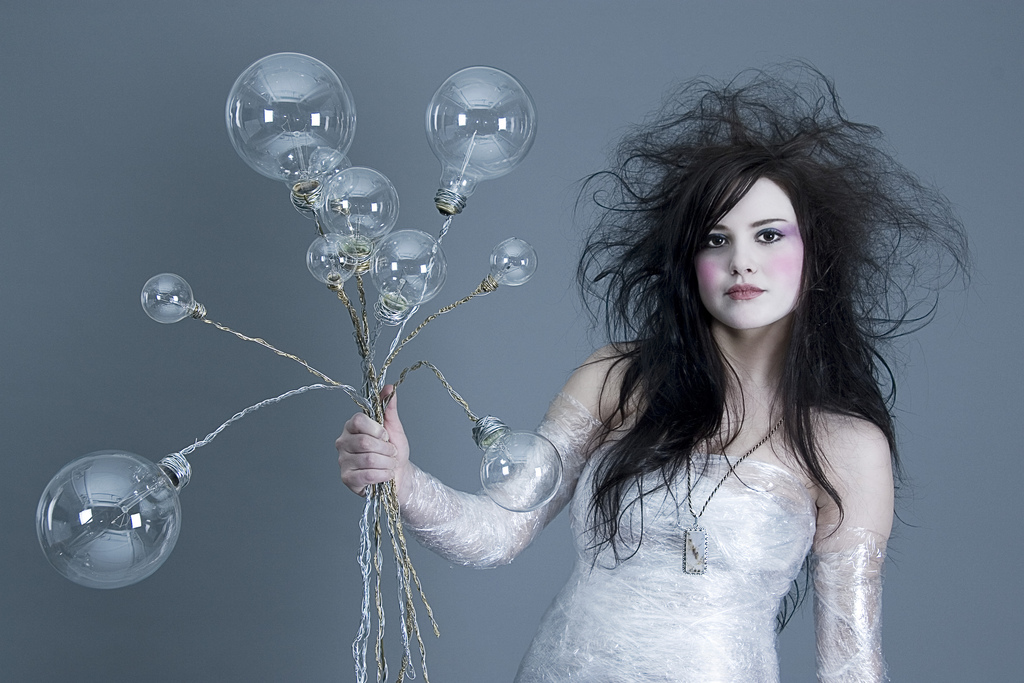My office went through the StrengthsFinder process earlier this year and “ideation” was one of my identified strengths. In the past when I’ve done similar things, in lieu of ideation I would draw the “creative” card. While my colleagues would nod in agreement, seeing it as a compliment, I’ve always been a bit suspicious of the description. What does creative mean and really, in practical terms, what is its value?
Before I go on I should point out that I love the idea of creativity in most aspects of my life. I like to paint, draw, write, garden, cook all things people generally think of as creative endeavours. Work in communications also requires creative components, and I believe in creativity’s role in enhancing everything from messages to services. My suspicion comes from the fact that I also know that if you are doing your job well, then it will be based in research and best practices. When those things are absent, the creative process can act as a blind or distraction rather than an enhancement. Making something that is poorly thought out or ill conceived look appealing or worst still, strategic, is a great way to build incompetency into your organization or project.
Doing a job well, any job, requires contemplation, research, planning and hard work. Talent can help, but without the other pieces it doesn’t go far. But when someone says, “your creative” I always get the impression that they think that is the whole process.
So is ideation any better as a descriptor? Perhaps. Without going into the full description, Gallop describes ideation this way, “People who are especially talented in the Ideation theme are fascinated by ideas. They are able to find connections between seemingly disparate phenomena.”
I have to admit, I love when small, seemingly inconsequential actions create big ripples. If you can figure out what small thing you need to do to make your big objectives line up, then you have a powerful tool. The Behavioural Insights Team from the UK, you may know them as the “Nudge Unit”, was created to explore just those things. Their research is focused on determining what little nudge is required to change behaviour. Some of their insights include.
- Wrapping presents nicely increases the likelihood of the gift being well received.
- A handwritten letter is more likely to get a response than a typed missive.
- While people like choice, the more options you give them, the less likely they are to make a choice.
Facts like these intrigue me. They remind me that sometimes solving problems is not about coming up with the most original thought, the most elaborate plan, but better understanding how things work and what motivates people. Ideation doesn’t assume anything about the nature of ideas. It acknowledges that ideas can be creative, simplistic, time tested and any number of other things. That has real appeal to me.
Like creativity, ideation without due diligence in research and methodology will not produce good results. Consider that what we call brainstorming sessions are ideation sessions. Research shows that they produce poorer results than if people try to think of new ideas on their own. There are a number of reasons for this:
- We tend towards consensus in group sessions and this means that most sessions develop variations on existing ideas rather than exploring new ones.
- Introverted participants are generally less vocal in these sessions which means part of the group is never really heard and
- We often go into sessions without research. Essentially we start from scratch.
Not all brainstorming sessions are created equal, but the general rules of engagement most people employ do not produce stellar results. So what works best, ideation or creativity? Or are they really just variations on a theme? Whatever your preferences, they both perform best when they are coupled with work, knowledge and strategic thinking.
What about you? What do you consider the pros and cons of creativity and ideation?
